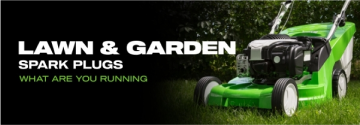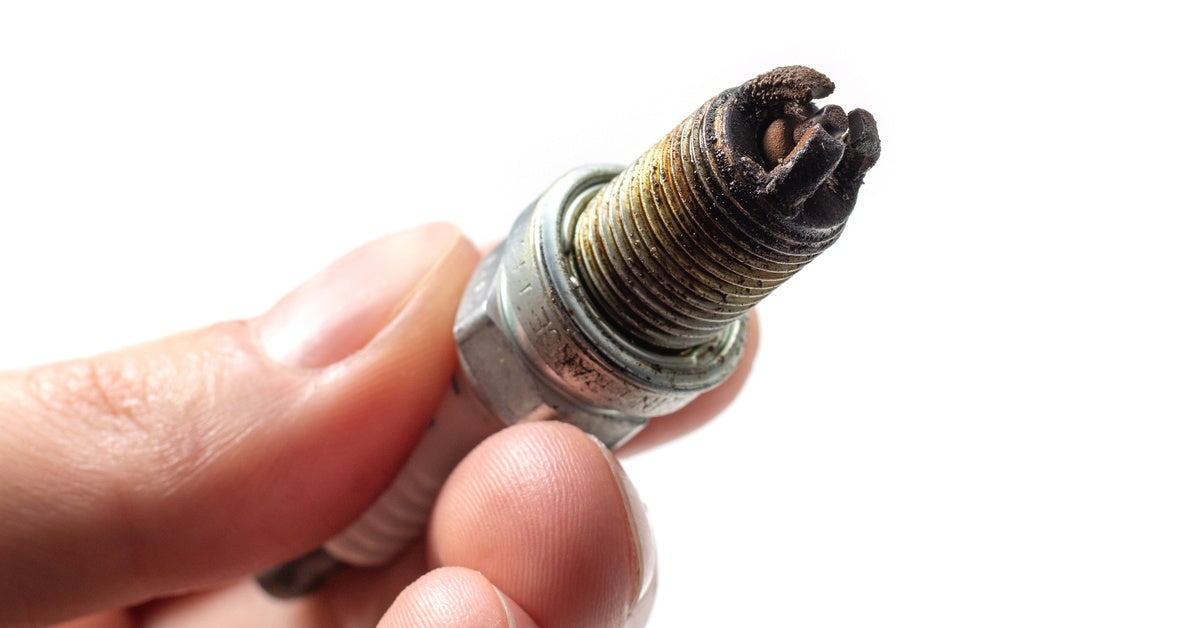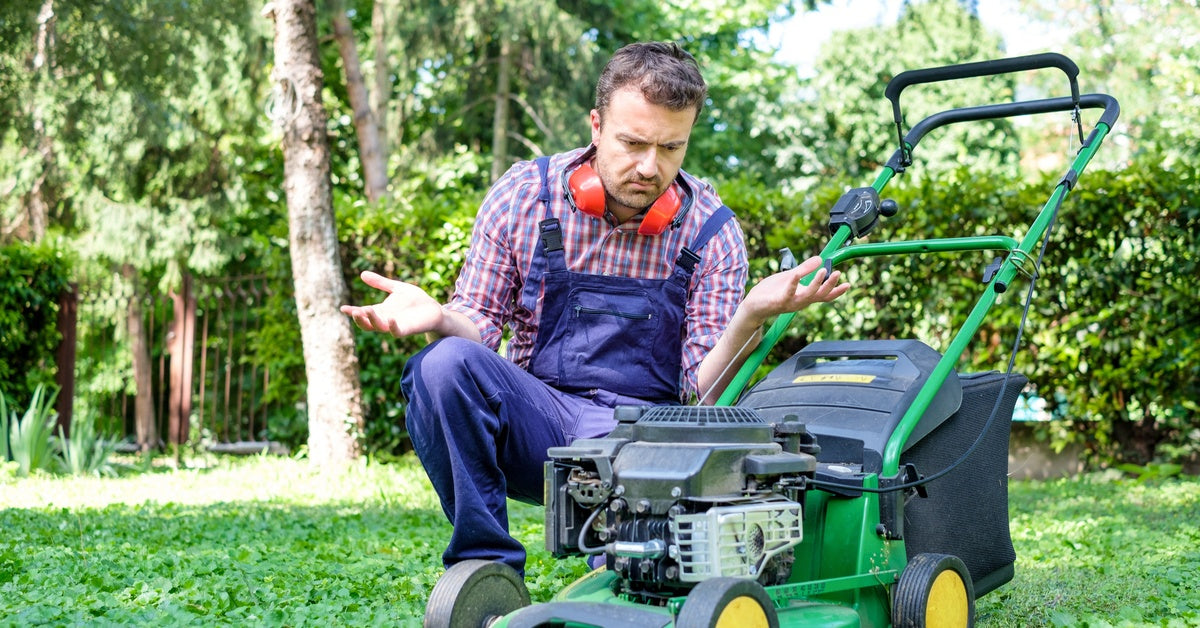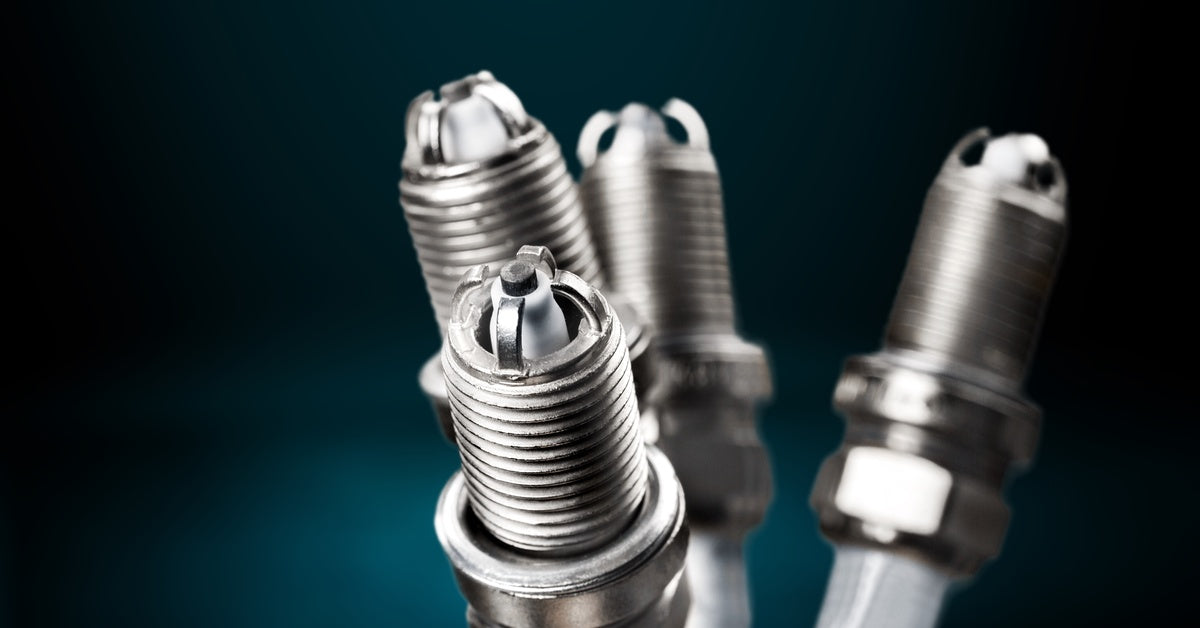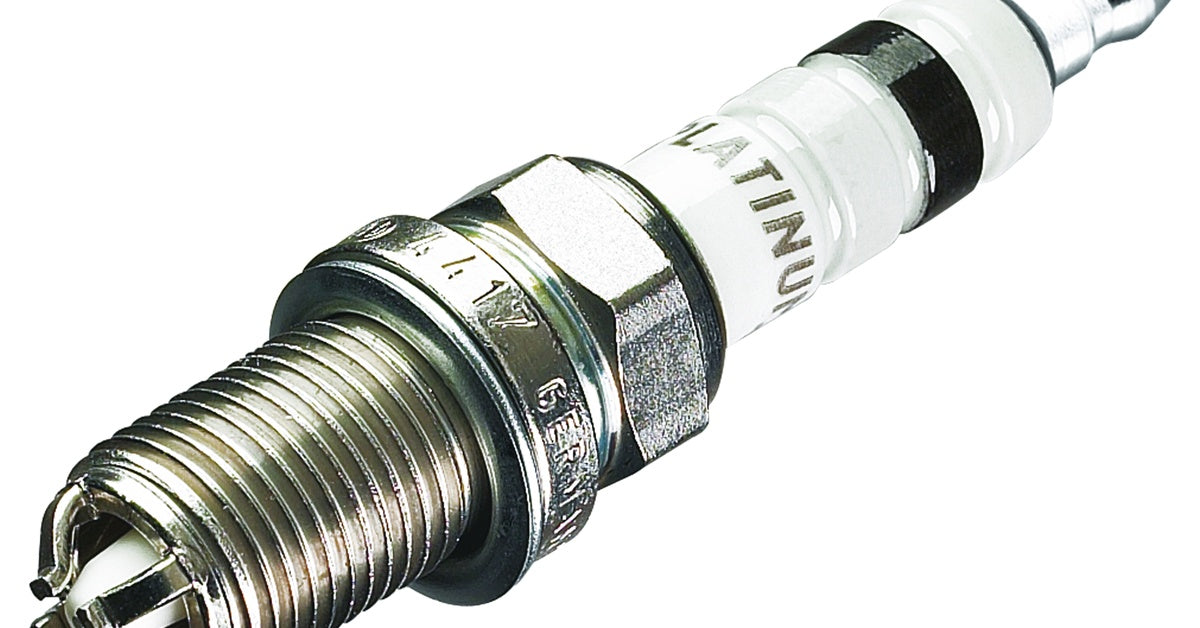
Few things ruin an outdoor adventure faster than turning the key on your ATV and hearing silence. Luckily, before you call a mechanic or start shopping for a new machine, you can solve most starting problems yourself with these basic troubleshooting steps.
Check Your Battery First
The most common culprit is a dead or weak battery. Even if your headlights turn on, the battery might not have enough juice to crank the engine. Use a multimeter to test the battery voltage. A healthy 12-volt battery should read around 12.6 volts when the engine isn’t running.
If the voltage reads below 12 volts, charge the battery overnight. Clean any corrosion from the terminals with a wire brush and baking soda solution. Tight connections matter too, since loose battery cables can prevent proper electrical flow.
If charging doesn’t work, try jump-starting from another vehicle or a portable jump starter. Let the donor vehicle run for a few minutes before attempting to start your ATV.
Investigate the Fuel System
Diagnosing and fixing an ATV no-start problem often comes down to examining fuel delivery issues. Many riders forget to fill up after their last ride, and old fuel can cause problems, especially if your ATV has sat in one place for months.
If your gas smells varnish-like or looks cloudy, drain the tank and refill it with fresh fuel. Add a fuel stabilizer to prevent future problems.
Most ATVs have an inline fuel filter between the tank and carburetor, and a clogged fuel filter blocks gas from reaching the engine. Remove the filter and hold it up to light—if you can’t see through it clearly, replace it. Some filters are located inside the gas tank, which requires more work to access.
Test the Spark Plugs
The issue could also come from a faulty spark plug. Using a spark plug socket, remove the part and inspect it closely. A healthy plug has a light tan or gray electrode with no heavy carbon buildup.
Black sooty plugs indicate a rich fuel mixture or oil burning. White plugs suggest lean running conditions or overheating. Wet plugs mean the fuel isn’t igniting properly. Replace damaged plugs with the correct heat range for your ATV model.
An incorrect spark plug gap can cause starting problems. A feeler gauge will help you measure the gap between the center and ground electrode. Most ATVs require a gap between 0.028 and 0.035 inches, but check your owner’s manual for the exact specification you need.
The quality four-wheeler spark plugs from E3 Spark Plugs feature advanced electrode designs that provide more reliable ignition and better fuel economy. These plugs often last longer than standard plugs and can improve starting.
Examine the Air Filter
A dirty air filter restricts airflow to the engine. Remove the air filter and hold it up to light. If light doesn’t pass through easily, clean or replace the filter.
Paper filters need replacement when dirty, but foam filters can be cleaned with soap and water. Let foam filters dry completely before reinstalling. Some mechanics recommend lightly oiling foam filters with special filter oil.
Look at the Carburetor
Carburetors mix fuel and air in the correct ratio for combustion. However, dirt, old fuel, and moisture can clog the tiny passages inside the carburetor.
When this happens, clean the carburetor with carburetor cleaner spray, paying attention to the jets and passages. A thin wire can help clear stubborn blockages, but make sure to avoid enlarging the holes. Reassemble carefully, and adjust the mixture screws to factory specifications.
Sometimes carburetors flood with too much fuel, which prevents starting. Remove the spark plug, and crank the engine several times to clear excess fuel. Wait 10–15 minutes before reinstalling the plug and trying again.
Analyze the Starter System
Electric-start ATVs rely on a starter motor to crank the engine. If you hear clicking when pressing the start button, the starter solenoid might be bad. A grinding noise suggests worn starter gears or a weak starter motor.
Check all electrical connections to the starter for corrosion or looseness. The starter draws heavy currents, and resistance can prevent operation. Clean the connections with electrical contact cleaner, and tighten them securely.
Many ATVs have a backup kick-start or pull-start system. If the electric start fails, try the manual method. This can help determine if the problem lies with the starter system or the engine itself.
Verify the Kill Switch and Safety Features
Modern ATVs have multiple safety switches that prevent starting under certain conditions. Check that the kill switch is in the run position and the gear selector is in park or neutral. Some models won’t start unless you squeeze the brake lever.
A faulty neutral safety switch can prevent starting even when the transmission is in neutral. These switches often get dirty or corroded, causing intermittent problems. Clean the switch contacts with electrical cleaner or replace them if necessary.
Inspect the Ignition System
The ignition system includes several parts, and a faulty ignition coil won’t produce enough voltage to fire the spark plugs. You can test the coil with a multimeter according to your service manual specifications.
Capacitor discharge ignition (CDI) boxes control spark timing and can fail without warning. These electronic components are usually replaced rather than repaired. Symptoms include misfiring or a weak spark.
Check the Compression and Exhaust System

Low compression prevents engines from starting by reducing the pressure needed for combustion. Use a compression tester to measure cylinder pressure. Most ATVs should have at least 100 PSI of compression.
Low compression can come from worn piston rings, damaged valves, or a blown head gasket. These problems typically require professional repair or an engine rebuild. However, adding a small amount of oil to the cylinder and retesting can help identify the source of compression loss.
A blocked exhaust system can also prevent starting by creating back pressure. Try to remove the exhaust pipe to look for obstructions. Clean the exhaust with a long brush or compressed air. Check the spark arrestor screen if your ATV has one because it can clog with carbon deposits.
Look for Vacuum Leaks
Vacuum leaks allow extra air into the engine, creating a lean fuel mixture that prevents starting. Check all rubber hoses and gaskets for cracks or loose connections. You should pay special attention to the intake manifold gaskets and carburetor mounting surfaces. Spray carburetor cleaner around suspected leak areas while the engine is running. If the idle changes, you’ve found a leak.
Diagnosing and fixing an ATV no-start problem requires patience and troubleshooting. Starting with the battery, fuel, and spark plugs is best before moving to more complex systems. Explore the products at E3 Spark Plugs if you need spare parts to get you running again.


